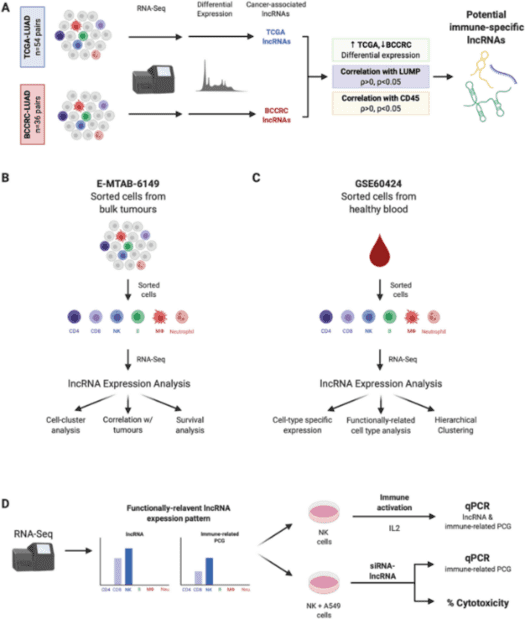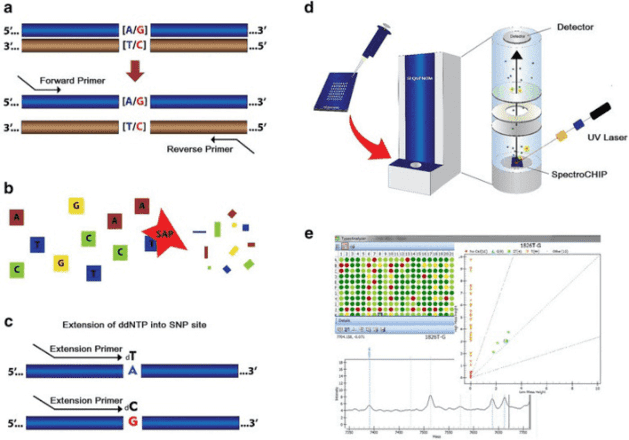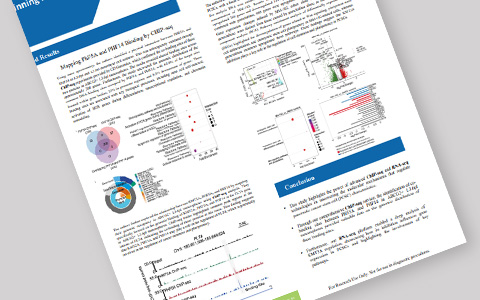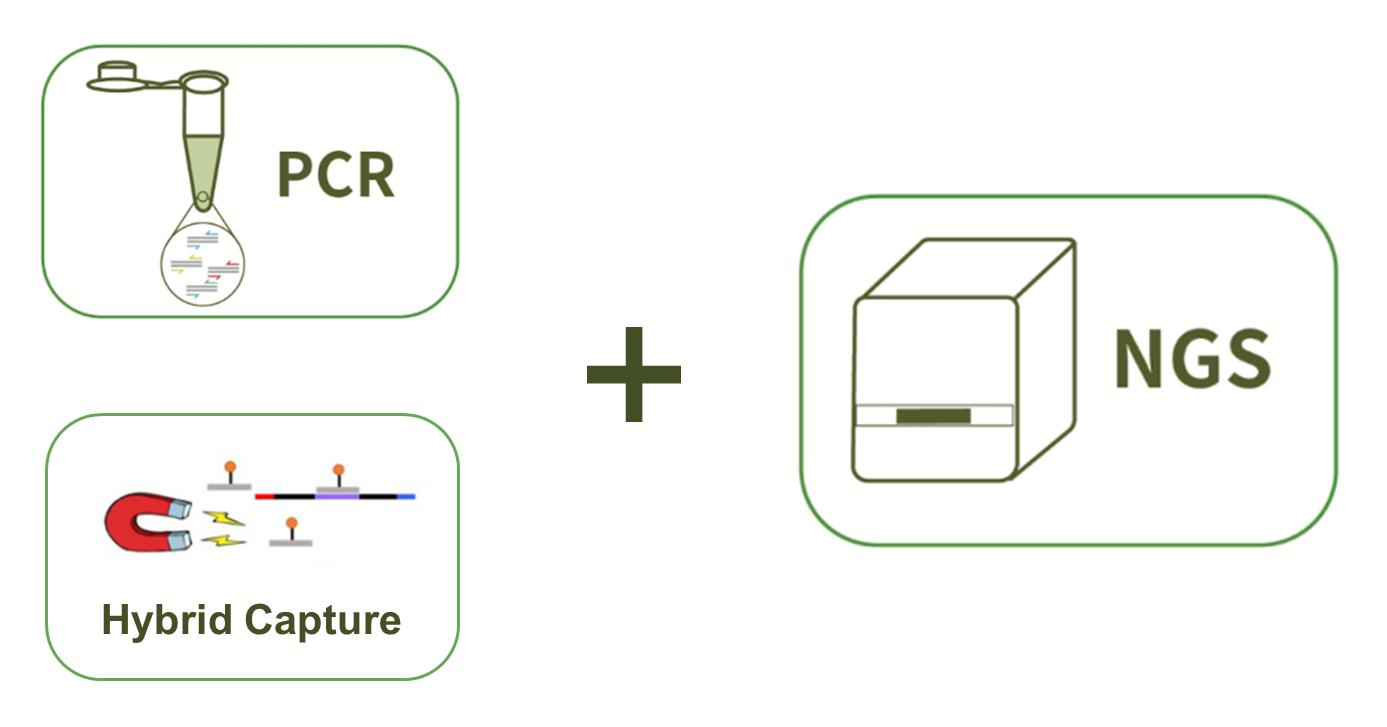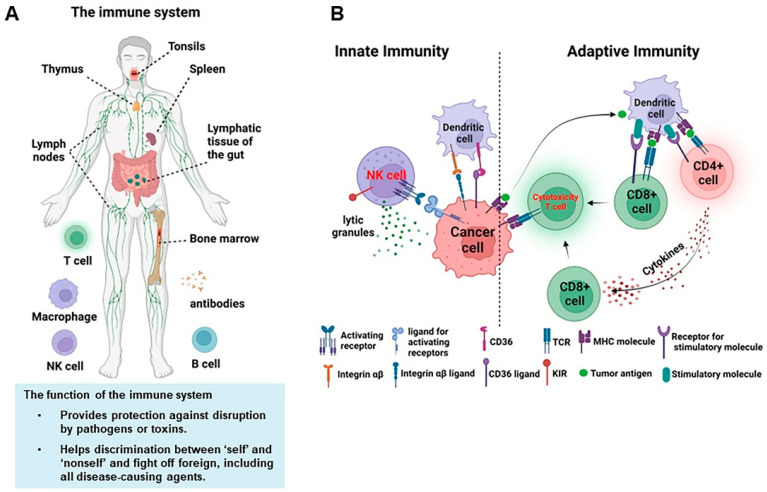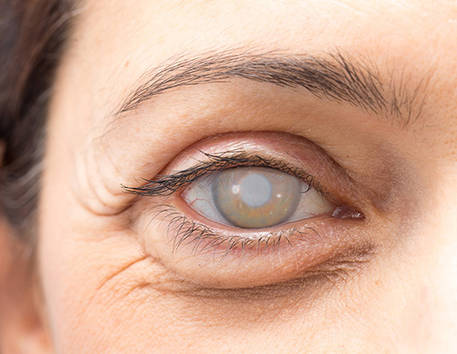
What is cataract?
Cataract is a common cause of blindness in children. The pathogenesis of cataract remains unclear. One to six of 10,000 newborns in developed countries and 5-15/10,000 newborns in developing countries are afflicted with congenital cataract. Congenital cataracts may occur in isolation or with other ocular abnormalities and may have associated syndromes. The clinical manifestations of congenital cataract inherited via the sex chromosomes are complex and varied, including abnormal lens function, as well as multiple system abnormalities. Genetic factors play an important role in the pathogenesis of congenital cataract. NHS, OCRL1, EBP, BCOR and COL4A5 genes are thought to be affected with cataract.
Disease-related gene description
BCOR is located at Xp11.4. It comprises 14 exons, and formats the POZ/zinc pointing transcription repressor in the germinal center. BCOR is expressed in many tissues, including the eyes, teeth and the nerve canal, and plays an important role in the regulation of early embryo development. This gene is responsible for X-linked oculo-facio-cardio-dental (OFCD) syndrome and cataract. PAX6 is located on chromosome 11p13. It is a "master control gene" crucial for normal oculogenesis. Mutations in the gene are associated with a broad range of non-aniridia phenotypes, including myopia, microcornea, coloboma and Peter's anomaly, as well as neurodevelopmental defects. Mutations in PAX6 are wildly reported in cataract patients. It may play an important role in cataract. Other genes such like NHS, NF2, PITX2 et al are also identified in cataract families.
In order to well know the consequences of these mutations of BCOR or other associated genes, our platform provides targeted DNA sequencing by the Illumina MiSeq. We also offer a comprehensive cataract panel library for your genetic testing choices on cataract.
Custom cataract panel offers but are not limited to:
-
Our platform provides Illumina MiSeq system unparalleled highly targeted resequencing so that we can easily detect the lower frequency cataract variants.
-
Sequencing the cataract panel under your requirements not only increases throughput but also saves costs.
-
Our platform will ensure the validity of each detected genetic variant.
-
In order to ensure the accuracy and repeatability of the result, our platform will strictly control the quality in workflow.
-
Our platform provides individual design for custom panel that we can keep up with the frontiers about cataract to target every relevant region.
-
You can choose the panel content from our cataract library, or we can add the genes you are interested in to the panel according to your needs.
Choose the genes that suit you from the cataract gene list
| ABCA3 |
ADAMTSL4 |
AGK |
AKR1E2 |
ALDH18A1 |
BCOR |
BEST1 |
| BFSP1 |
BFSP2 |
CHMP4B |
COL11A1 |
COL2A1 |
COL4A1 |
COL4A2 |
| CRYAA |
CRYAB |
CRYBA1 |
CRYBA2 |
CRYBA4 |
CRYBB1 |
CRYBB2 |
| CRYGB |
CRYGC |
CRYGD |
CRYGS |
CTDP1 |
CYP27A1 |
CYP51A1 |
| EOGT |
EPHA2 |
FAM126A |
FOXC1 |
FOXE3 |
FTL |
FYCO1 |
| FZD4 |
GALK1 |
GCNT2 |
GFER |
GJA1 |
GJA3 |
GJA8 |
| HMX1 |
HSF4 |
JAM3 |
LIM2 |
LONP1 |
LSS |
MAF |
| MIP |
MIR184 |
MYH9 |
NDP |
NF2 |
NHS |
OCRL |
| OPA3 |
P3H2 |
PAX6 |
PITX2 |
PITX3 |
PXDN |
RAB18 |
| RAB3GAP1 |
RAB3GAP2 |
RECQL4 |
RGS6 |
RNLS |
RRAGA |
SC5D |
| SIL1 |
SIPA1L3 |
SIX6 |
SLC16A12 |
SLC33A1 |
TBC1D20 |
TDRD7 |
| TFAP2A |
TMEM70 |
UNC45B |
VIM |
VSX2 |
WDR87 |
WFS1 |
| WRN |
|
|
|
|
|
|
Specimen requirements of our custom cataract panel
- Specimen: whole blood or extracted DNA.
- Volume: 2-5 mL whole blood, min. 1 μg DNA.
- Collection: blood is collected by routine blood collection and saliva is collected by spitting into the provided container. DNA samples are stored in TE buffer or equivalent.
- Container: lavender-top (EDTA) tube or yellow-top (ACD) tube.
Gene panel workflow

For more information about the Custom Cataract Panel or need other amplification requirements, please contact us.
References:
- Lee CM, Afshari NA. The global state of cataract blindness. Curr Opin Ophthalmol. 2017 Jan;28(1):98-103.
- Asbell PA, Dualan I, et al. Age-related cataract. Lancet. 2005 Feb 12-18;365(9459):599-609.
- Gaurisankar ZS, van Rijn GA, et al. Correlations between ocular biometrics and refractive error: A systematic review and meta-analysis. Acta Ophthalmol. 2019 Aug 6.
* For research purposes only, not intended for clinical diagnosis, treatment, or individual health assessments.
Related Services
Related Products
Related Resources













